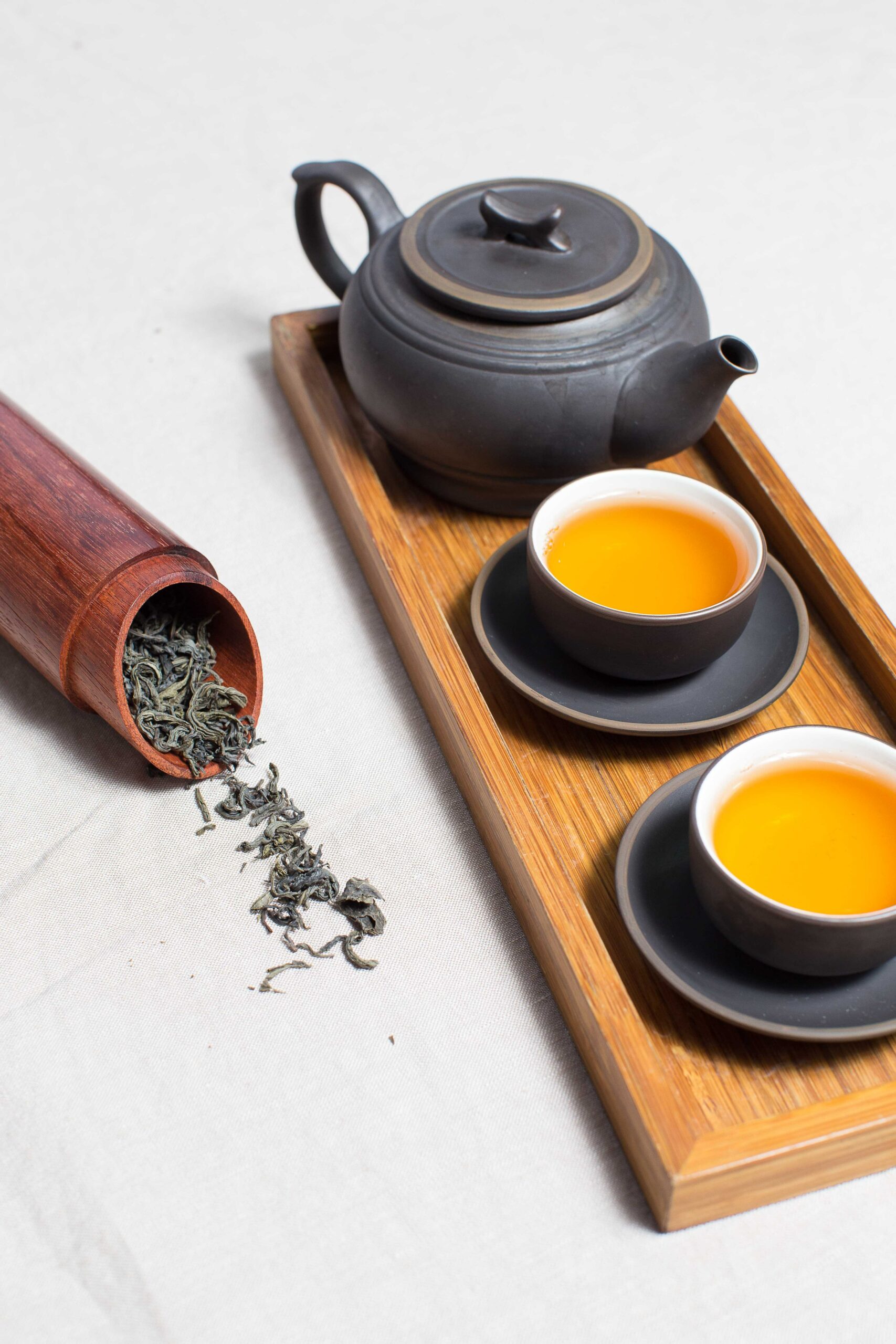Herbs and teas have been used for thousands of years across the world for medical purposes. For example, Turmeric has been used since as early as 4000 BC by Ayrvedic practitioners. Study of herbs has been documented dating back over 5000 years in Mesopatamia, and Egyptians had schools of herbalism as far back as 3000 BC. Throughout human history herbs have been the first remedy for illness. The advent of modern medicine has pushed us away from herbal remedy, instead leading our culture to favor synthetic and lab-created medicines that can treat symptoms rather than prevent illness. Holistic health has been making a major comeback in the last decade, as eastern philosophy entered the mainstream with the resurgence in popularity of yoga and meditation. With this comes a resurgence of herbal medicine. But walking into a Sprouts or Whole Foods supplement and herb aisle can seem daunting. This week we’ll un-daunt the experience by exploring some of our favorite herbs, teas and tinctures for weight loss and wellness. Today, we’ll explore terminology to lay the foundation for this weeks’ posts.

Herbs
Herbs are plants with savory of aromatic properties that can be used in foods and medicines.
Tea
Tea is a beverage prepared by boiling water over cured or fresh leaves of the Camellia sinensis plant, an evergreen shrub native to East Asia.
Tisane
Herbal teas aren’t actually tea, as they generally contain no tea leaves, hence no caffeine. These are actually called tisanes and can be made from nuts, seeds, berries, flowers or roots of plants.

Tincture
A tincture is a concentrated herbal extract made by soaking bark, berries, leaves or roots from one or more plants in alcohol. The alcohol pulls out the active ingredients of the plant. Tinctures can be made non-alcoholic by substituting the alcohol with a food-grade vegetable glycerin-distilled water combination as the base.

5